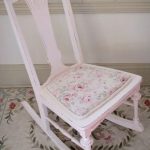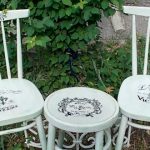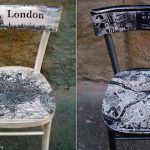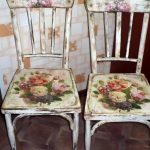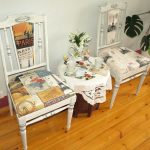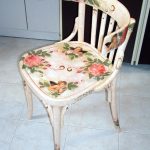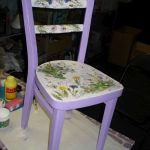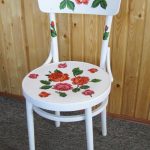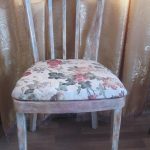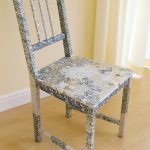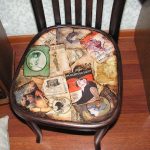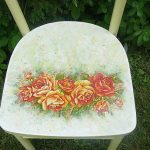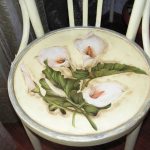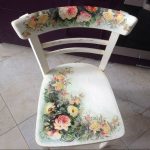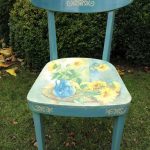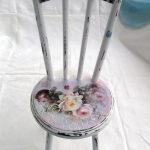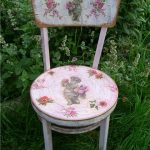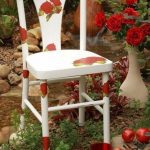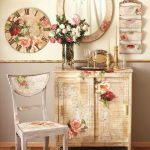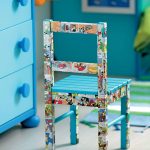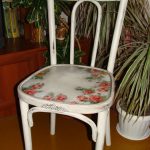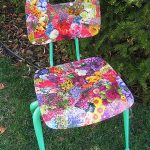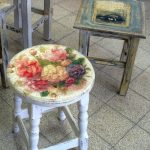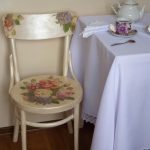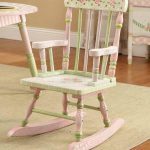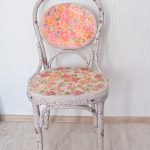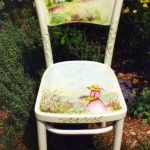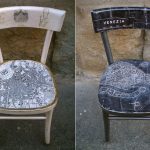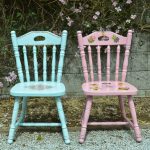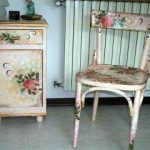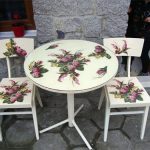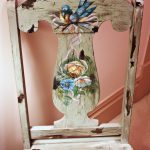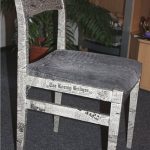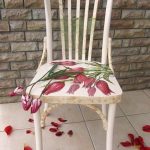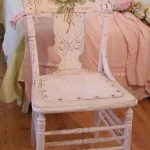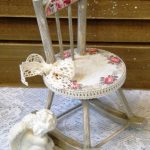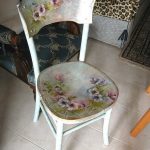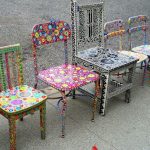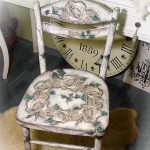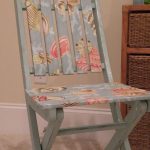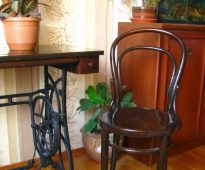 How to make the restoration of a Viennese chair with your own hands. Tips and workshop
How to make the restoration of a Viennese chair with your own hands. Tips and workshop
Decoupage chair - breathe new life into old furniture
Today, the decoupage technique, which consists in decorating household items by pasting it with various patterns, ornaments and other materials, is becoming increasingly popular.
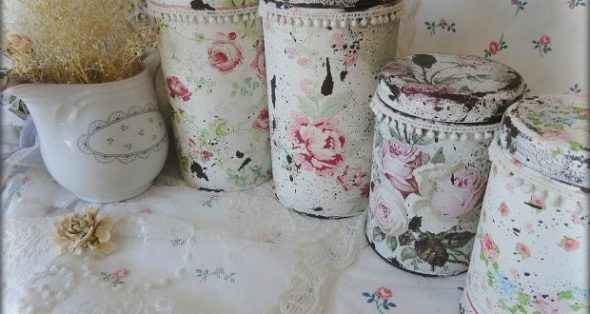
Kitchen jars for cereals, decorated using decoupage technique
This allows you to refresh the look of outdated furniture and make it unique. In addition, decoupage does not require significant financial costs, and the options for the updated design are limited only by the imagination of the hostess.

Beautiful chest decorated using decoupage technique
Content
The history of development
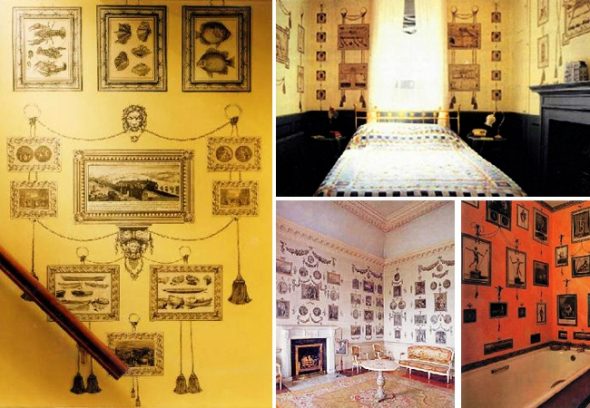
A story of decoupage or do-it-yourself magic
Many experts believe that the development of decoupage as one of the areas of art, takes its origins in Germany in the late 15th century. However, for the first time they began to use similar equipment in China in the XII century.
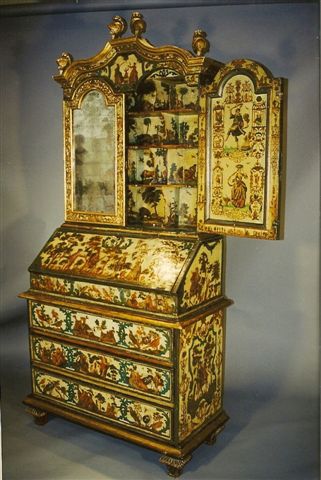
This technique was called the design for the poor, because very fashionable imported items from China and Japan were available to few and simply copied them.
Because of poverty, the peasants could not afford to buy good furniture, so they tried to make their homes comfortable. For this, they cut out various pictures from thin paper and pasted them on interior items.

Technique “paper mosaic” - a lot of details were cut out of paper, representing parts of plants, they were painted and pasted on the base, mainly black
The greatest peak in popularity of the decoupage technique was in the XII century, when Europe was overwhelmed by the fashion of Eastern luxury. However, the furniture in the Japanese or Chinese style was very expensive and not everyone was within their means. Therefore, the masters cut out separate fragments of oriental patterns, sticking them onto the surface of the furniture. In order to fake was not noticeable, the figure was covered with several layers of varnish.
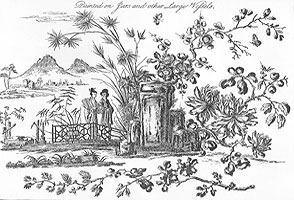
Vintage drawings for decoupage
Nowadays, decoupage began to be popular again. The development of industry and the emergence of new materials allows craftsmen to implement the most daring ideas. It should be noted that today the craftsmen are divided into two camps - some use ready-made pictures when decorating, others prefer to paint black-and-white drawings on their own.
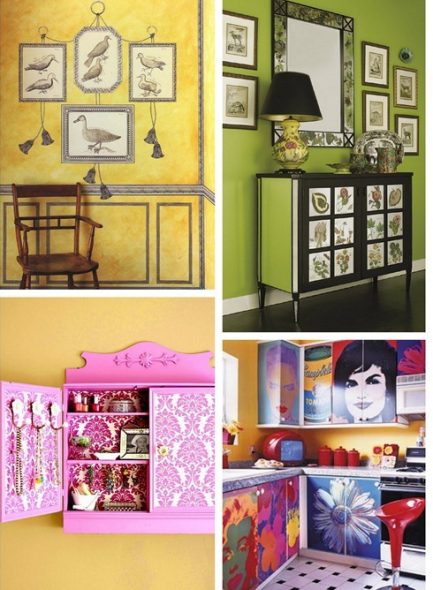
Decoupage - the creation of home comfort do it yourself
Main types and styles
In the handmade technique there are five main types of decoration.
- Classic - the most common technique, which consists in gluing pictures on the outer surface of the object.
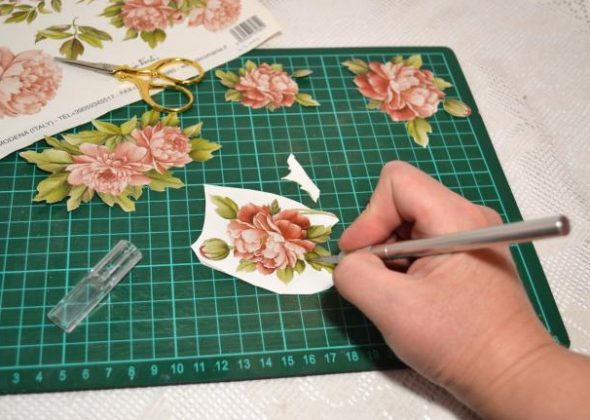
Technique of classical decoupage with gluing of separate fragments
- Reverse - used for the decoration of glass objects, where the application is glued on the inside.
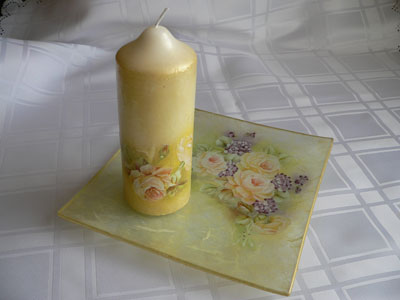
Technique “reverse decoupage on glass”
- Volumetric - registration is carried out by attaching to the surface of various small materials. It can be small pebbles, beads, scraps of fabric draping, eggshell, etc.
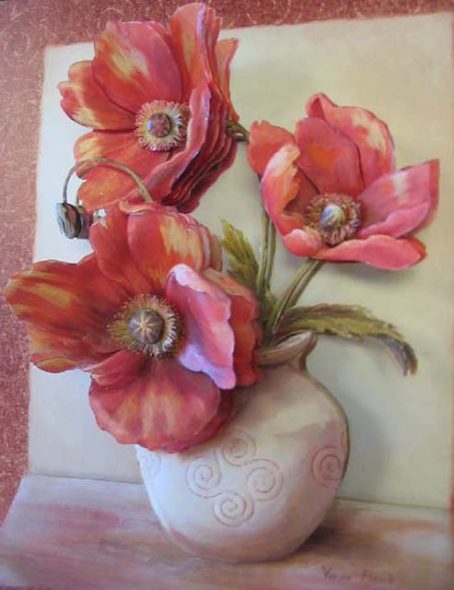
Bulk decoupage - red flowers
- Decopatch - this type has incorporated the elements of patchwork technique, only instead of flaps of fabric, paper fragments are used.It should be noted that when combining two types of technology, furniture acquires a completely unique style.
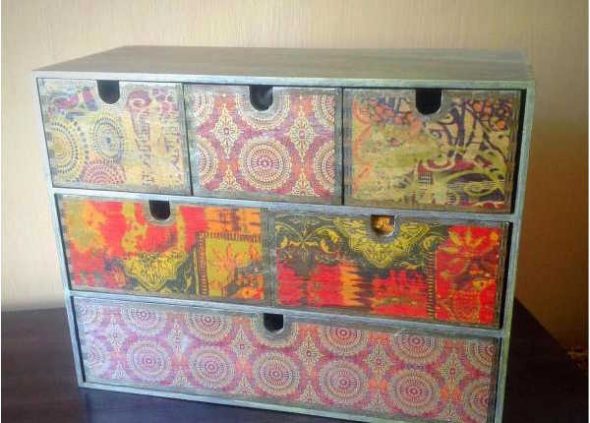
Mini-dresser decorated with designer paper using decopatch technique
- Artistic - is the use of various combinations of effects, which allows you to create a solid picture without visible transitions between the background of the canvas and its motive.
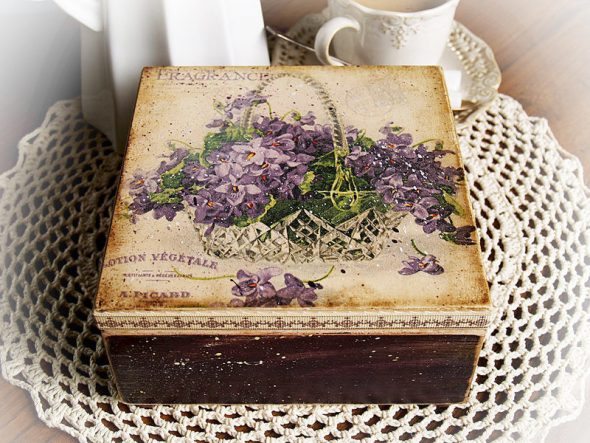
Jewelry box in art (smoky) decoupage technique
When decorating a chair, you can give it any style you like - from Victorian to cutting-edge. Today the following are the most popular.
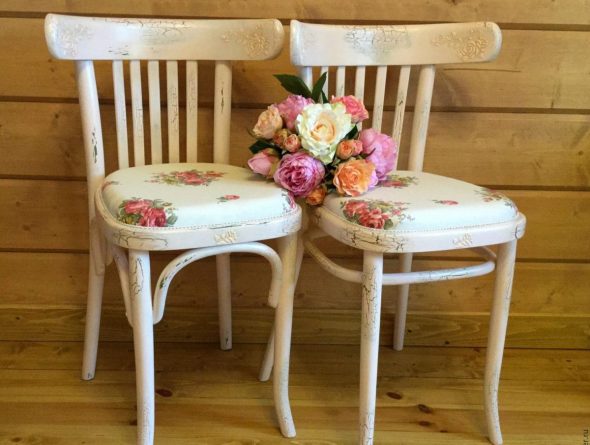
Chairs in vintage style, made using decoupage technique
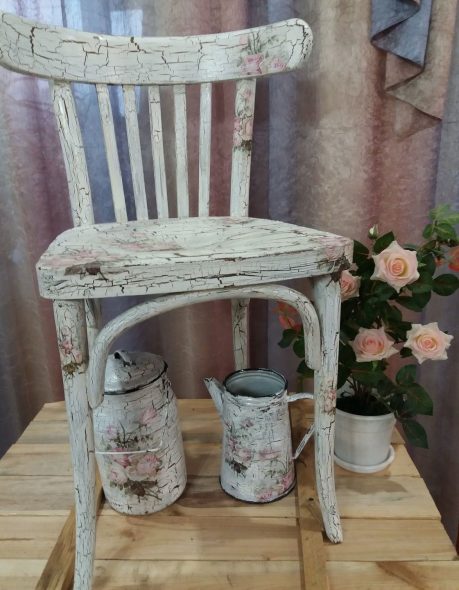
Vienna chair, restored in delicate color with roses, made in decoupage technique
| Vintage or "chebbi chic" | The chair, made in a similar style, is very popular. A prerequisite is to create an aging effect. For artificial aging are used several ways. For example, splashes of dark paint on the surface will give it the effect of eating bugs by a chair, and special gels will help to create cracks. To give the effect of scuffing, paint of dark tones is applied to the interior item, after which paraffin is applied to the ledges and corners, and the furniture is completely painted in the base color. After drying, paraffin must be removed with emery cloth. |
| Viennese | A distinctive feature of the style are the soft curves of wooden parts. To give a special refinement, the decoration of the chair is best done in neutral floral shades. When drawing the image it is more expedient to use pastel paints. |
| Provence | Notable for creating the visual effect of French grace. When embodying the idea, you can use all the bright colors, which later will create the impression of faded colors from the sun. The surface of the furniture is inherent in the presence of irregularities, as well as imitation of scuffs. |
| Simplicity city | It does not provide for long-term operation, as it characterizes today's modernity with its momentary and fragile nature. For decoration used regular magazines and newspapers.
Printroom style - black and white photocopies of 19th century drawings are used as material. |

Provence style wooden chairs with decoupage technique
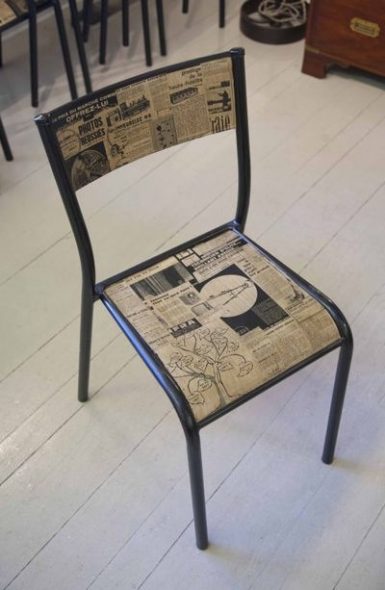
Plain chair decorated using newspaper decoupage technique
Decoupage a chair with your own hands. The main stages of work, the necessary tools and materials
Before starting the restoration, you should prepare the necessary tools and materials, namely: decoupage napkins or paper, PVA glue, sandpaper of different grain, acrylic paint, scissors, brushes, putty, varnish, primer, additional decorative elements (stickers, beads, rhinestones, etc.) d.) Pencils or felt-tip pens may be needed to complete a picture or picture.
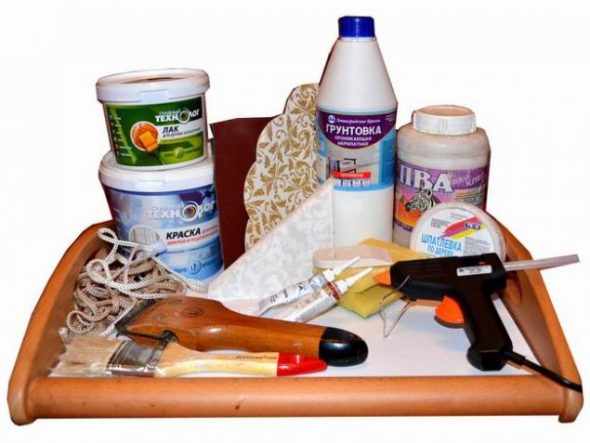
Tools and materials needed for work
Decoupage of an old chair can be divided into three main stages - preparation, decoupage and varnishing.
- At the first stage, the chair should be cleaned from dirt, dust and exfoliated varnish. After that, we clean the surface with fine-grained emery paper, primer it and let the chair dry well. Then we apply the main paint coat, at the same time it is necessary to remember that the base color should be slightly darker than the top layer.
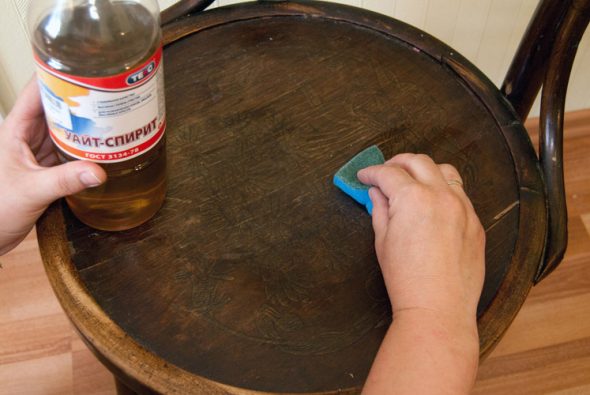
Thoroughly clean and degrease the chair

The primed surface is primed, and after drying we sand
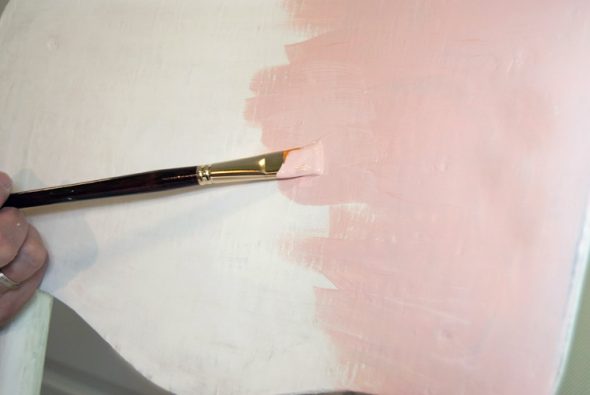
Apply acrylic paint to the primed surface with a brush, sponge or spray gun.
- The second stage is direct decoupage. Cut out a fragment of the image, in accordance with the size of the surface on which it will be glued. When using decoupage paper or cloth, the bottom layer should be peeled off. Glue the fragment to the selected area of the chair and let the appliqué dry.
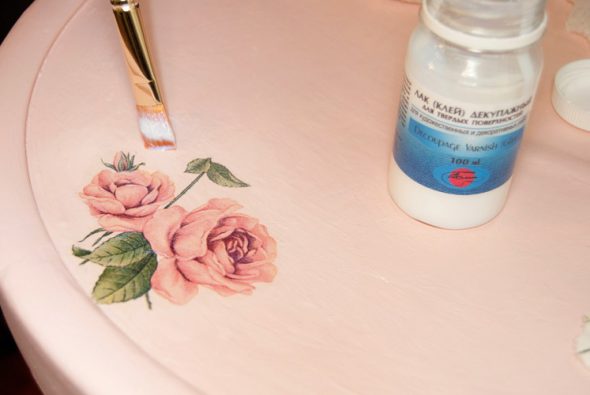
Cut out the floral elements from the decoupage napkins, smooth the top with a brush with glue, and leave to dry
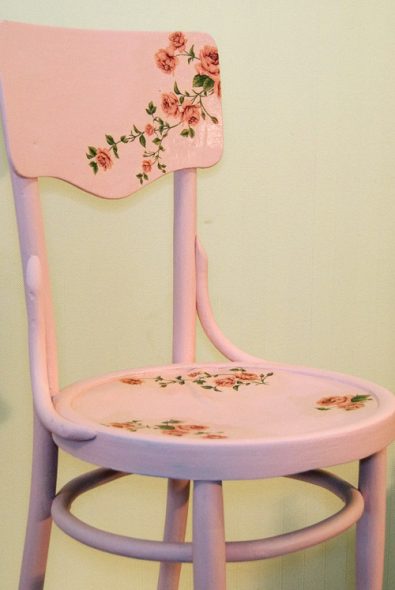
After the decoupage glue is dry, lightly tint the edges of the napkin with background paint for a smoother transition.
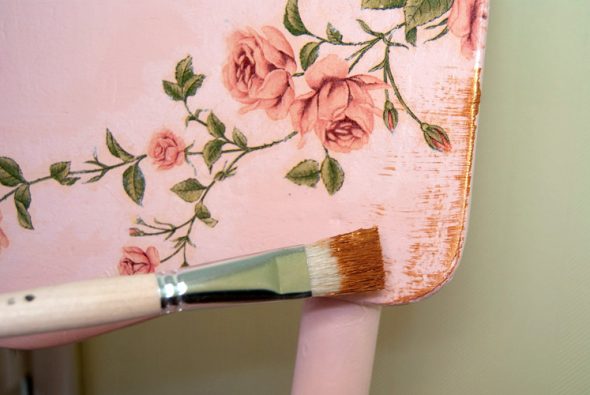
Then we apply the gold paint using the “dry brush” method.
- The final stage is the surface varnishing. To do this, apply acrylic lacquer, which must be water based. To hide the transitions and borders, varnish must be applied in several layers, allowing the chair to dry after each layer.
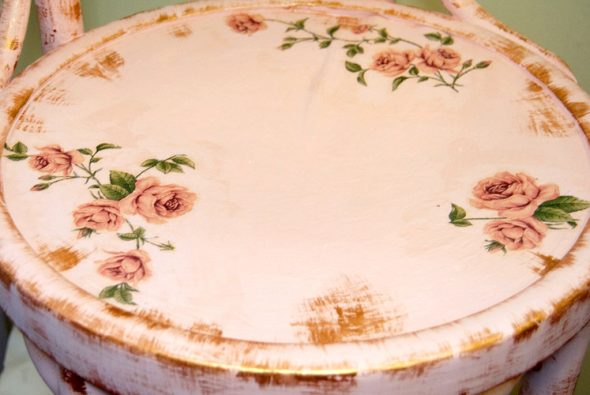
When the paint is dry, we cover the chair with furniture varnish for durability.
Thus, the decoupage technique is a simple process and does not require large expenditures. For restoration, only a little fantasy and desire to create is needed. The result will not be long in coming - the unique decor of the furniture will impress guests with its appearance, and the home ones will be able to fully enjoy the cozy atmosphere.
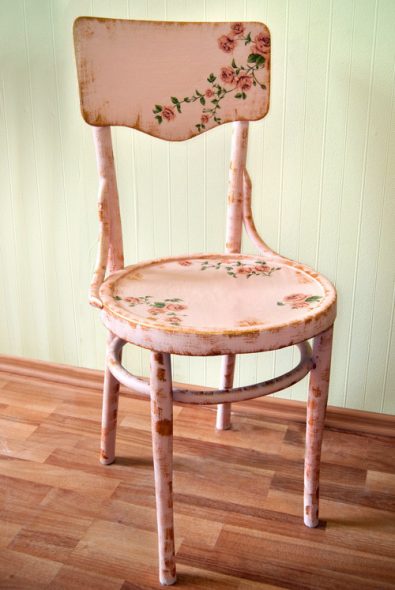
Decoupage and the “dry brush” technique transformed a beautiful country chair
Video: "Handmade." Chair in decoupage technique (09/30/2015)
Photo-gallery of beautiful chairs decorated using decoupage technique:
 How to make the restoration of a Viennese chair with your own hands. Tips and workshop
How to make the restoration of a Viennese chair with your own hands. Tips and workshop
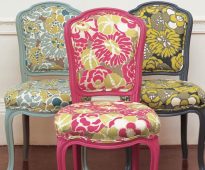 Doing hauling chairs with their own hands
Doing hauling chairs with their own hands
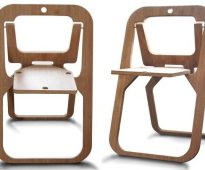 How to make a folding chair out of plywood do it yourself: step-by-step instructions for making
How to make a folding chair out of plywood do it yourself: step-by-step instructions for making
 How to pull a chair with your own hands
How to pull a chair with your own hands
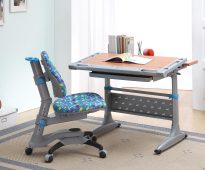 Choosing a comfortable orthopedic chair for the student
Choosing a comfortable orthopedic chair for the student
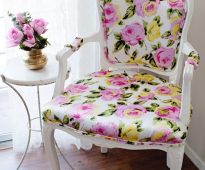 Padding of chairs: from intention to result
Padding of chairs: from intention to result
